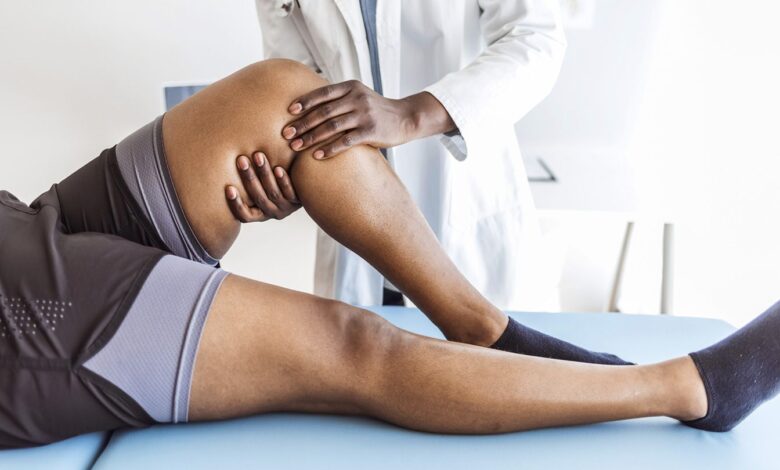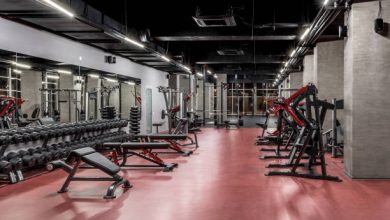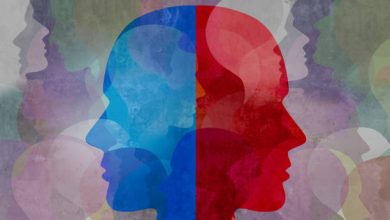Pain in the Knee – Understanding Its Causes and How to Deal With It At Home

According to studies, 25% of all people will experience pain in the knees at some time or the other. It is felt more, especially by those who overuse their knees or prepare poorly for exercise. A quick guide to the symptoms and causes of knee pain and how to deal with it at home:
Symptoms of Keen Pain
Usually, pain in the knees starts as a dull ache that progressively increases with the person’s activities. You may hear a clicking or other noise coming from your knees, especially after you get up after some time, climb stairs, squat, or kneel.
Common Causes of Pain in the Knees
Wear and tear of the joints causes osteoarthritis, which generally affects people over the age of 65. Increased wear and tear of the cartilage covering the ends of the bones in the knee is responsible for the pain. The pain gradually increases, and you may face restrictions in mobility. If you suffer from rheumatoid arthritis, your knee joints may swell and feel tender. You are likely to feel stiffer in the mornings but may experience fatigue in the afternoons too. Gout, another kind of arthritis, produces sudden incidents of severe knee pain. According to QC Kinetix (Lubbock) near Lubbock, a leading pain control and regenerative medicine clinic, you may also hurt your knee due to increased or unusual activity or tripping and twisting. You can visit them by following the map.
.How to Deal With Knee Pain
If you experience considerable pain or have severe swelling or injuries on the knee, you should consult a doctor promptly. You should also see a doctor if the knee pain persists, gets progressively worse, or disrupts your daily life. However, if the pain has just started or is bearable, you can try one of the many home remedies that may give you significant relief. Some of the well-proven home treatments include:
Exercise: Exercise can delay the onset of osteoarthritis because it improves the health of the cartilage tissue in the knees. Exercise, especially those that strengthen the leg muscles, also improves the ability of the body to support the knee joints. Some recommended exercises include walking, swimming, cycling, and yoga. Exercises that help strengthen the upper leg muscles can also be beneficial.
Posture and support: You can help alleviate knee pain by improving your posture. You should avoid low chairs and sofas that need a lot of effort to get out of. You may consider sitting on a cushion to elevate your sitting position. You should practice sitting without leaning or slouching. If need be, consider wearing supportive shoes to ease the pressure on your knees. You should keep moving to avoid the joints becoming stiff.
Weight Loss and Diet
If you are overweight or obese, you should consider changing your diet to a healthier one to facilitate the loss of weight that is closely linked with knee pain. Extra body weight puts more pressure on the knees resulting in higher wear and tear. According to the Arthritis Foundation, a Mediterranean diet that is rich in fresh produce can help reduce weight.
Conclusion
Knee pain is widely prevalent, especially in older people; however, by exercising, adopting correct posture, and managing weight optimally, you can keep in good shape and reduce the stress on your knees. In case the pain is severe or persistent, consulting a doctor is advisable.




